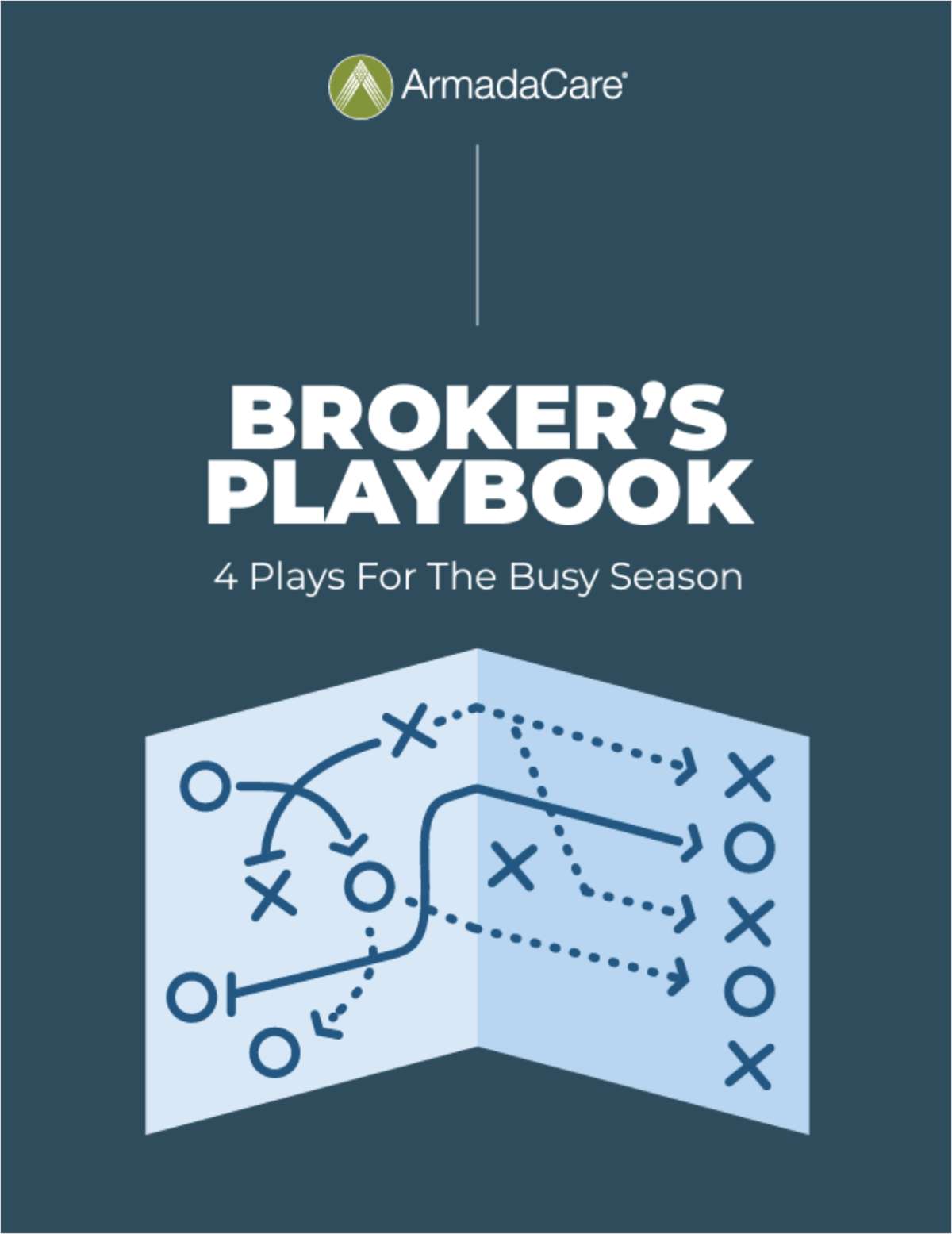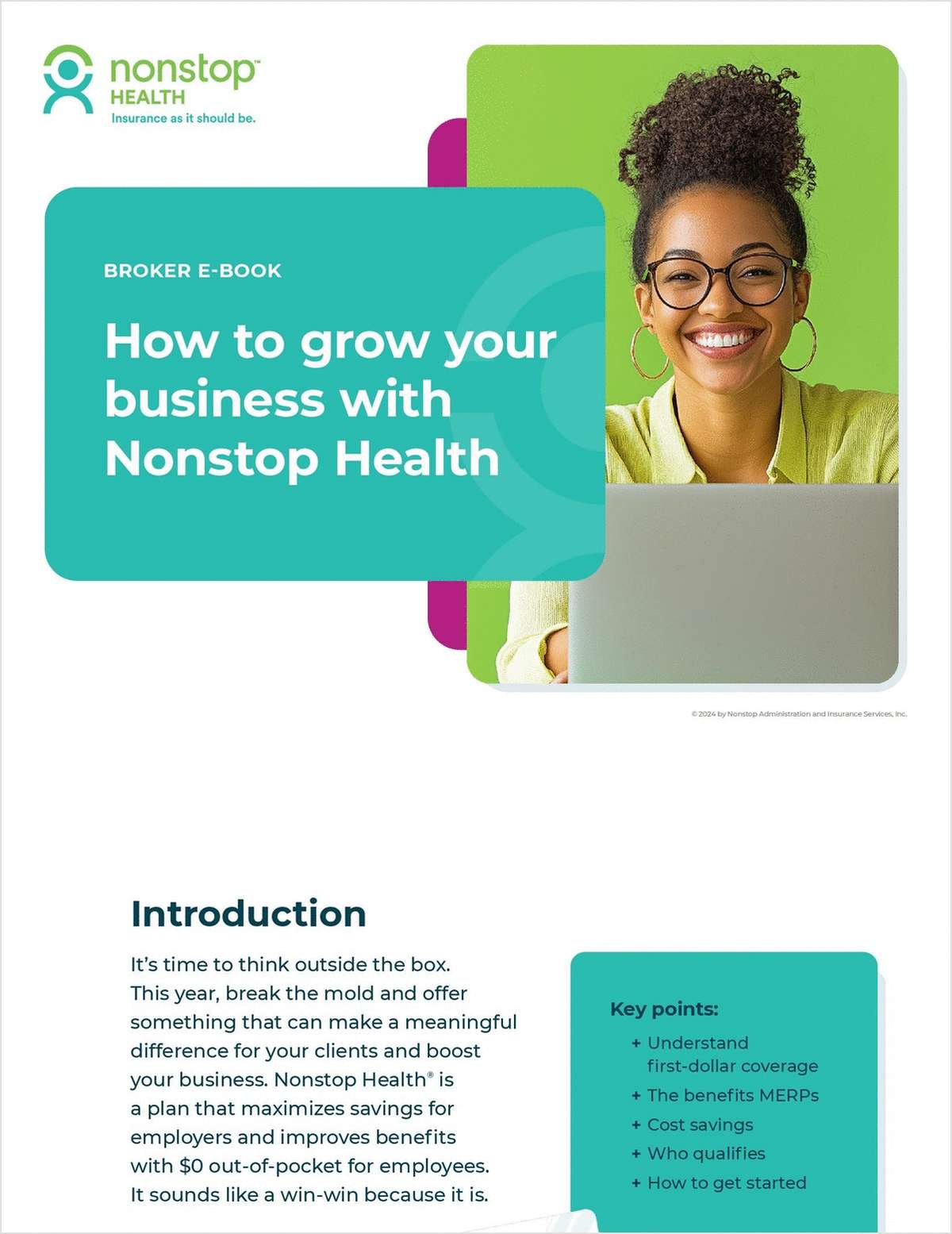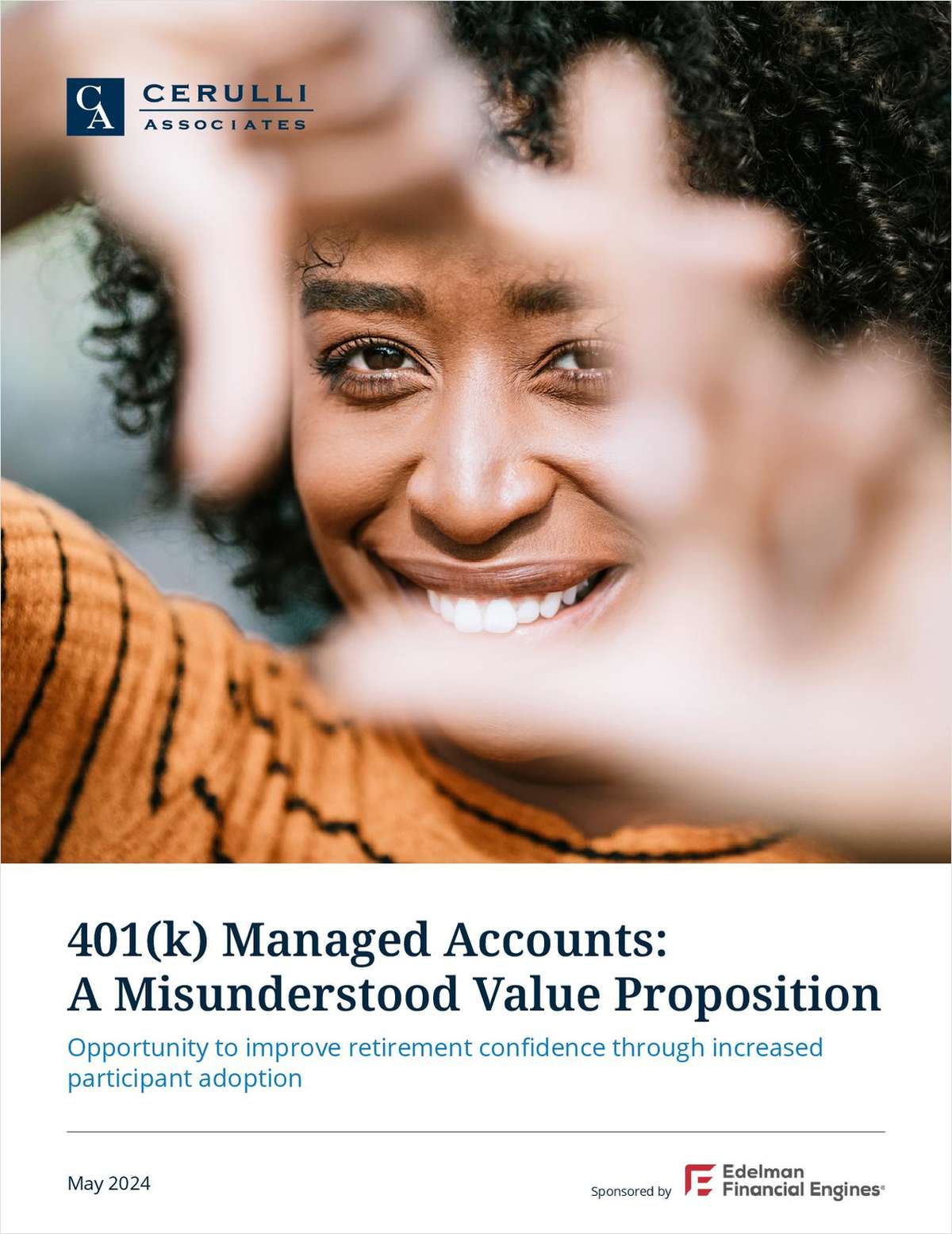Whether you are an HR professional working to improve the health of your population or a consultant working to manage your clients’ health care spend, you are undoubtedly familiar with the health markers that have become ubiquitous throughout the industry. The more employers segment their population into “at risk,” “moderate,” and “healthy” members, the more empowered they tend to feel. Instead of waiting for the costly onset of chronic diseases, these markers have created a guide to address problems before they get out of hand. Your employees stay healthier, and so does your bottom line. It’s a win-win, right?
Unfortunately, it’s not that simple.
These broad risk categories offer plenty of benefits. They represent an opportunity to monitor a company’s population for chronic conditions. They allow you to design intervention programs that will more effectively target spending categories. They also allow you to tailor communication and education programs to maximize engagement. They even give you some nice-looking charts to present to the CFO. That is why we are seeing more employers incorporating biometric screenings and risk stratification into the measuring and reporting associated with their wellness programs.
Continue Reading for Free
Register and gain access to:
- Breaking benefits news and analysis, on-site and via our newsletters and custom alerts
- Educational webcasts, white papers, and ebooks from industry thought leaders
- Critical converage of the property casualty insurance and financial advisory markets on our other ALM sites, PropertyCasualty360 and ThinkAdvisor
Already have an account? Sign In Now
© 2024 ALM Global, LLC, All Rights Reserved. Request academic re-use from www.copyright.com. All other uses, submit a request to [email protected]. For more information visit Asset & Logo Licensing.








